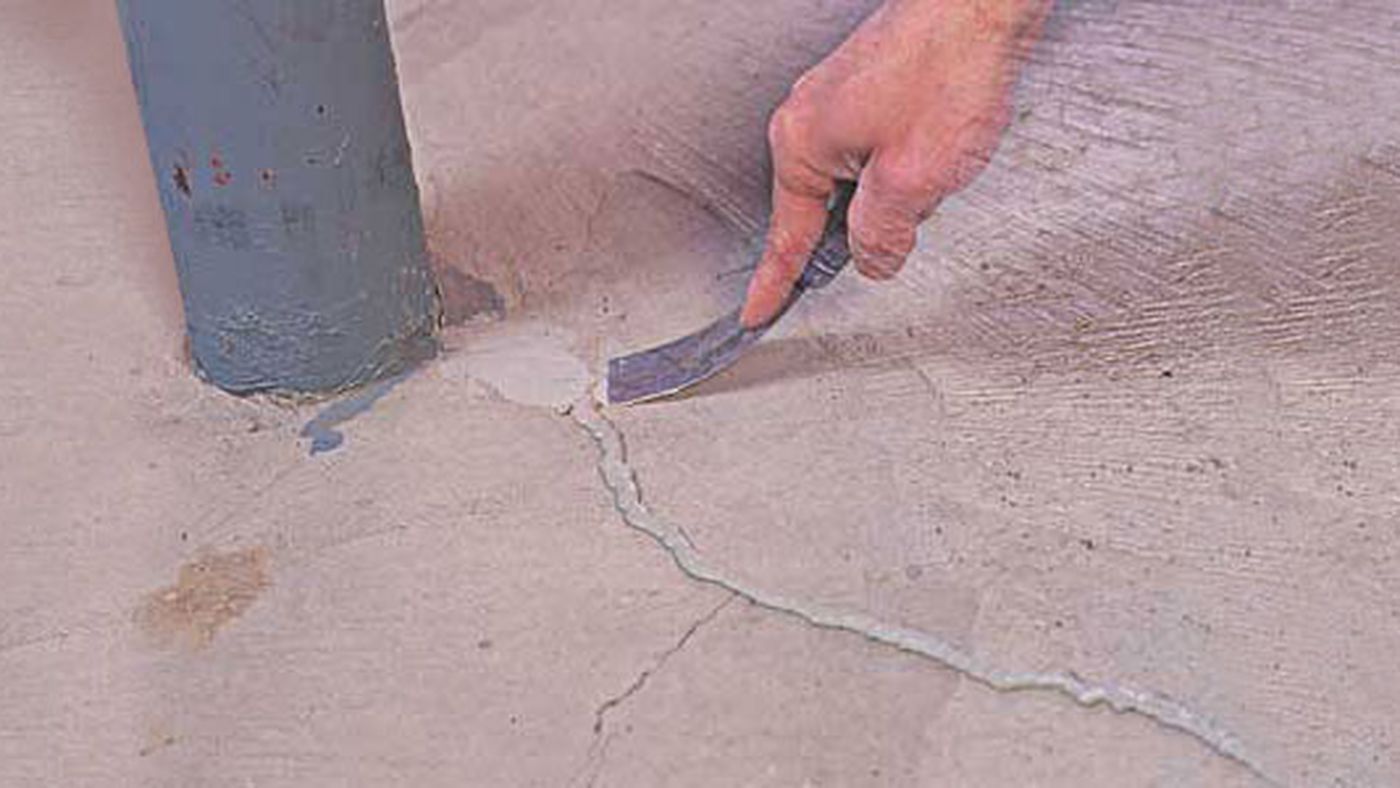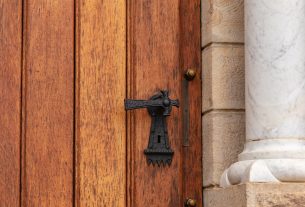Your home is a significant investment, so you will always want to take care of it. While I’m sure you do your best to maintain your home, there are some parts of the structure that we all tend to ignore until visible damage occurs. One of these is your home’s foundations. Below are some effective repair methods to ensure your home remains stable. Please read on to learn more!

Sealants and masonry patches for foundation repair
You need to patch the cracks in your home foundation and cover them with a waterproof masonry sealer. Sealers include hydraulic cement, vinyl concrete, epoxies, silicone, or polyurethane. The type of mixture to be used will depend on the severity of the crack!
Mud-jacking for home repair
When the concrete of your home foundation is uneven, you must use the mud-jacking repair method to lift it into a leveled position. This isn’t something you are likely able to handle on your own, so it would be best to hire a professional with specialized knowledge and tools to handle the repairs. The mud-jacking method works best for raising porches, steps, decks, walkways, garage floors, and driveways.
What Does It Entail?
Mud-jacking involves lifting the concrete foundation until it is perfectly level. The process is relatively simple; two holes are drilled into the foundation until you reach the hollow spaces beneath it. These hollow spaces are then filled with soil and cement until the foundation is level once more. You can also use alternative dense and lightweight fillers such as polyurethane.
Advantages of mud-jacking
-
It is less expensive.
-
Once repaired, your home foundation is ready to be used in 1 hour.
-
This method is suitable for any weather condition.
-
The structure has no color change as the new concrete mixture spreads beneath the old slab layer.
-
There is no mess and cleaning up is easy.
Piering or Piling for foundation repair
These methods will probably be your best option if you want to ensure your home foundation repairs last for generations. It’s important to remember that there are major differences between piering and piling, so which one works for you will depend on your home and where you live.

Piering is done by excavating the earth strata, while piling is done by driving piles into the ground. Let’s have a look at a few options:
Steel Pressed Piling
Steel pressed pilings are permanent house foundation repair solutions. They are strong and can be driven up to 100 feet deep to provide stability.
Advantages of Steel Pressed Piling
-
You can press the steel piers deep into the soil for firm anchorage.
-
The installation costs of the piers are low.
-
Steel piers can withstand heavy weights.
Helical Steel Piers
-
They are also known as anchors. You can use helical steel piers to repair lightweight concrete slab foundations and pier and beam foundations. They are also used to install new foundations! Moreover, they are used in difficult conditions.
-
The piers are transferred into the ground to measure the load capacity.
Pressed Concrete Piling
Pressed concrete pilings are durable home foundation piers used for interior and exterior foundation repairs. They also better suit pier and beam houses and concrete slab foundations. To properly install them, you must transfer them deep into the ground. You must also drill deep holes and fill them with the appropriate reinforcing materials.
Advantages of Concrete Pressed Piling
-
Their costs are low as you do not need any special equipment.
-
The procedure is simple and easy.
Poured concrete piers
This type of foundation repair includes using concrete piers driven into the ground at a depth of 10 feet! The procedure lasts for 7 to 10 days. The poured concrete piers method is used for huge home foundations with heavy weights!

Belled concrete piers
Bell bottom concrete piers have similar installation techniques as poured concrete piers. The bottom of the pier has a shape of a foot and is designed to provide a wide area of support. Also, bell bottom piers are built by pouring concrete into an excavated hole and placing steel into the wet concrete.
Advantages of belled concrete piers:
-
They are strong, and they give good reinforcement.
-
The shape of the bottom prevents the piers from unwanted movements within the soil layer.
Soil modification in your home foundation
Soil modification is the process of making the soil more firm and stable. Also, empty spaces in the soil layers are filled with chemicals. It should be carried out with the guidance of experts. However, the costs of the procedure are high!
Advantages of soil modification
This type of house foundation repair method is long-lasting. It also causes less damage to the structure. Moreover, it is an environmentally friendly method!
Have you ever had repairs done to your home’s foundation? Which of the above methods were used? Please do not forget to share your comments below!



